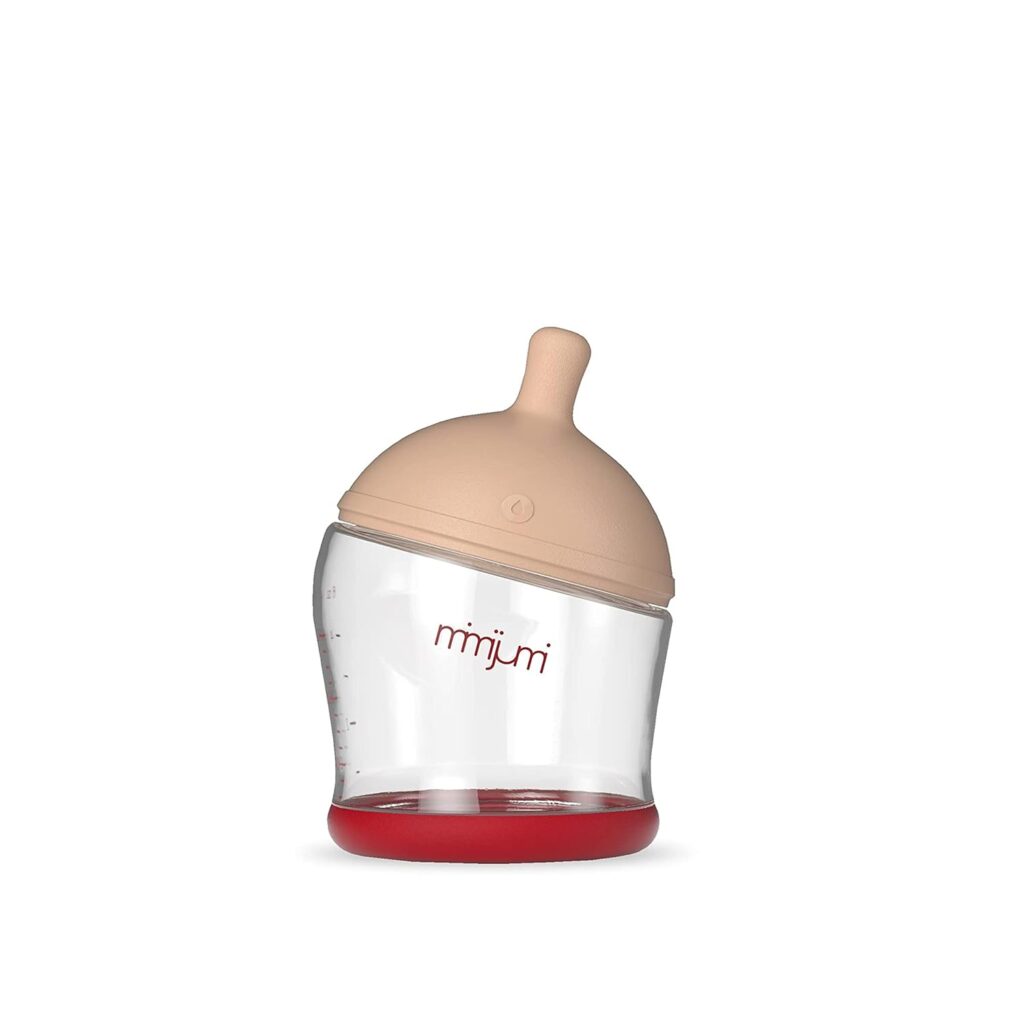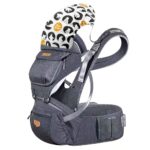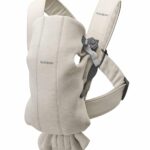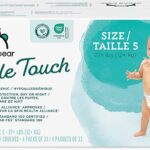Baby bottles for breastfed babies are designed to mimic breastfeeding. They help ease the transition from breast to bottle and back.
Selecting the right baby bottle for a breastfed infant is crucial for a smooth feeding experience. These specialized bottles typically feature nipples that resemble the shape and feel of a mother’s breast, promoting a natural latch. The aim is to reduce nipple confusion and help maintain the breastfeeding bond even when direct nursing isn’t possible.
Such bottles often come with anti-colic features to prevent air ingestion and provide a more comfortable feed for the baby. Caregivers looking to combine bottle feeding with breastfeeding will find these bottles a supportive tool in nourishing their little ones.

The Significance Of Choosing The Right Baby Bottle
The right baby bottle can make a big difference for your breastfed baby. It is more than a container; it’s a bridge between mother and child. With so many options, it’s vital to find a bottle that provides comfort and supports natural feeding habits. This choice can affect how your baby takes to both breast and bottle. Take a look at key features needed in a baby bottle for breastfed babies.
Mimicking Natural Breastfeeding Experience
For a smooth transition from breast to bottle, the bottle must feel similar to breastfeeding. Here are essential features to consider for natural-like bottle feeding experience:
- Soft, flexible nipples that mimic the mother’s breast
- Varying flow rates to match baby’s feeding pace
- A wide base for a natural latch
These features encourage a baby to feed as they would on the breast. This familiarity helps maintain a proper feeding technique.
Importance of Avoiding Nipple Confusion
Importance Of Avoiding Nipple Confusion
Nipple confusion can happen if a bottle doesn’t resemble the breastfeeding experience. A bottle designed to prevent this confusion has certain attributes:
| Feature | Benefit |
| Slow flow nipple | Encourages baby to suckle, not gulp |
| Textured nipple | Mimics feel of breast |
| Anti-colic valves | Reduces air intake and discomfort |
With the right bottle, you can ease the switch between breast and bottle, ensuring feeding time is calm and happy for your little one.

Key Features To Consider In Baby Bottles For Breastfed Babies
Finding the perfect bottle for a breastfed baby can be challenging. These bottles need to mimic natural feeding closely. They should also be safe and simple to use. Let’s explore the key features to consider when selecting baby bottles for breastfed babies.
Nipple Shape And Flow Rate
The right nipple shape and flow rate are vital. Look for nipples that resemble a mother’s breast. This can make switching between breast and bottle easier. Here are features to consider:
- Wide Base: Helps baby latch similarly to breastfeeding.
- Soft Texture: Feels more like skin for a natural feel.
- Slow Flow: Simulates the pace of breastfeeding to prevent overfeeding.
- Vented Nipples: Reduce air intake, potentially decreasing colic symptoms.
Material Safety And Durability
BPA-Free: Always choose bottles made from BPA-free materials. Your baby’s health comes first. Bottles must withstand frequent use and sterilization too. Consider these:
- Glass Bottles: Safe and chemical-free but heavier and can break.
- Stainless Steel: Durable and insulating but not see-through.
- Plastic: Light and unbreakable. Must be BPA-free and replaced regularly.
- Silicone: Soft, flexible, and shatterproof. An emerging option among parents.
Ease Of Cleaning And Maintenance
Maintaining bottle cleanliness is a must. Select bottles that simplify this process. Keep these tips in mind:
- Fewer Parts: Means less time spent on cleaning.
- Dishwasher Safe: Saves time and ensures a thorough clean.
- Wide Neck Bottles: Allow for easier hand-washing and brush access.
Always read the manufacturer’s guidelines. Follow them to ensure the longevity of the bottles.
Top-rated Baby Bottles For A Smooth Transition
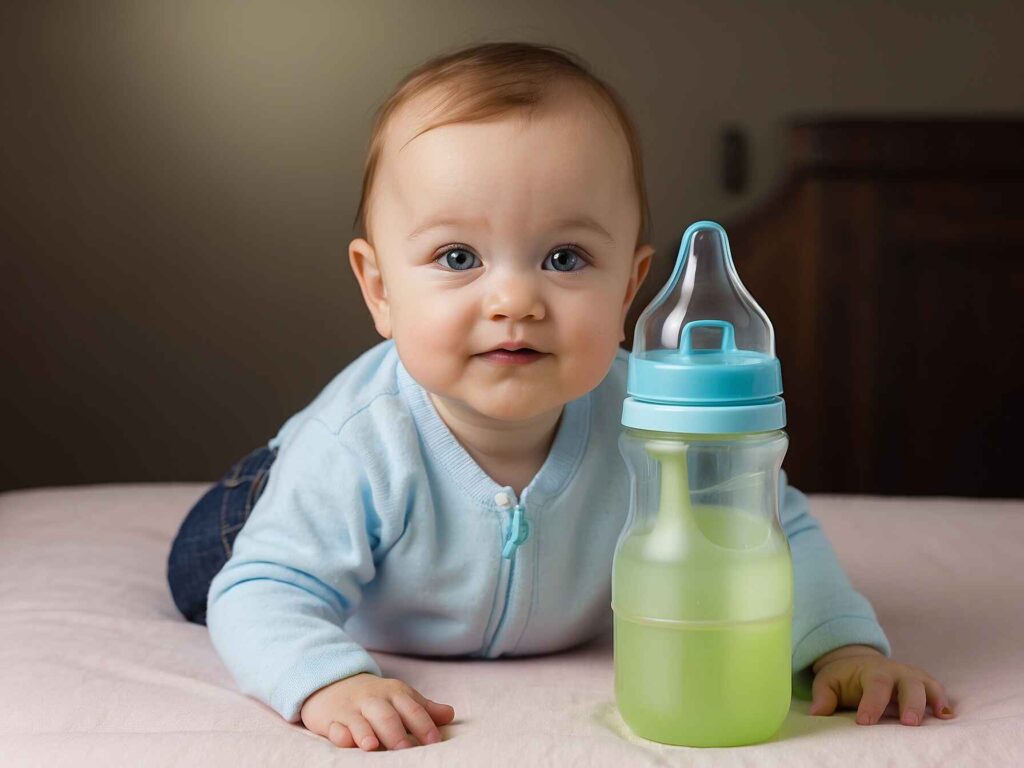
Many parents face the challenge of finding the right bottle for breastfed babies. The goal is to make the switch as seamless as possible. Look no further! Here are top-rated baby bottles that mimic breastfeeding, promising a smooth transition for your little one.
Review Of The Market Leaders
Leading the pack in baby bottles for breastfed babies are a few standout brands. Each offers unique features that support the natural latch, reduce colic, and match the flow of breastfeeding.
- Comotomo Baby Bottles: Designed to mimic breastfeeding, they boast a soft silicone body and nipple.
- Dr. Brown’s Original Bottle: Known for its vent system, it helps decrease spit-up, gas, and colic.
- Philips Avent Natural Bottles: Their wide, breast-shaped nipple promotes a natural latch.
- Tomme Tippee Closer to Nature Bottles: With a breast-like nipple, it is great for babies who alternate between breast and bottle.
Budget-friendly Options
Top performance doesn’t always mean top dollar. You can find bottles that offer a gentle transition without breaking the bank.
| Brand | Feature | Price |
| Munchkin Latch: | Accordions-style nipple flexes as baby moves. | Under $10 |
| Evenflo Feeding Classic: | Simplified, easy-to-clean design. | Under $5 |
| NUK Simply Natural: | Multiple nipple holes mimic the breast. | Under $8 |
Consider these affordable choices when cost is a concern. They still provide ease and comfort for your baby during the transition.
Real Parent Experiences And Recommendations
Real Parent Experiences and Recommendations are crucial in navigating the world of baby bottles for breastfed babies. From shifting between breast and bottle to finding the ideal teat shape, the myriad choices can be daunting. This post compiles first-hand advice and stories from parents. They reveal how they tackled these challenges and which products came out on top for their little ones.
Success Stories And Challenges
Many parents have shared tales of triumph when they found the right bottle that their breastfed baby would accept. One parent joyfully recounted how a certain angled bottle design eased her baby’s transition. Yet, success often comes after facing challenges. Some babies initially reject bottles altogether, turning feeding times into trials of patience and perseverance.
- Soft nipple mimics breastfeeding, reducing confusion
- Wide-base bottles favored for natural latch
- Some babies refuse several brands before finding “the one”
Community Favorites And User Tips
When it comes to bottles that win the hearts of both babies and parents, certain names pop up time and again. Below is a table showcasing the bottles that receive the most praise—along with tips from seasoned parents.
| Bottle Type | Reason for Popularity | Parental Tip |
| Anti-colic vented bottles | Prevents gas and fussiness | Introduce early to prevent preference for breast |
| Temperature sensing bottles | Ensures optimal milk temperature | Check if your baby prefers warm milk |
| Short and stout bottles | Easier for baby to hold | Look for ergonomic designs |
Tips from long-time users are invaluable. Most advise starting with a slow-flow nipple to simulate breastfeeding pace. Another common suggestion is to let someone else introduce the bottle, which can sometimes encourage the baby to try something new if the scent of their mother and her milk is not as immediate.
- Experiment with different bottles.
- Persist patiently; every baby is unique.
- Find bottles that are easy to clean.
Accessories And Additional Products
Baby bottles for breastfed babies come with a special set of needs. These little ones are used to the warmth and comfort of breastfeeding. This makes the transition to bottles a unique challenge. Ensuring that the experience is as natural as possible is key. Accessories and additional products can play a crucial role. They help maintain the familiar feel and temperature of breast milk. Let’s explore some essential add-ons for a smooth feeding experience.
Bottle Warmers And Sterilizers
Bottle warmers mimic the natural temperature of breast milk. This makes bottle feeding feel more natural for the baby. Sterilizers keep bottles clean. They use steam to kill 99.9% of harmful germs. This is vital for your baby’s health. Here’s a quick look at the benefits of each:
| Product | Function | Benefit |
| Bottle Warmers | Heat milk evenly | Comfort of warmth |
| Sterilizers | Kill germs | Safe feeding |
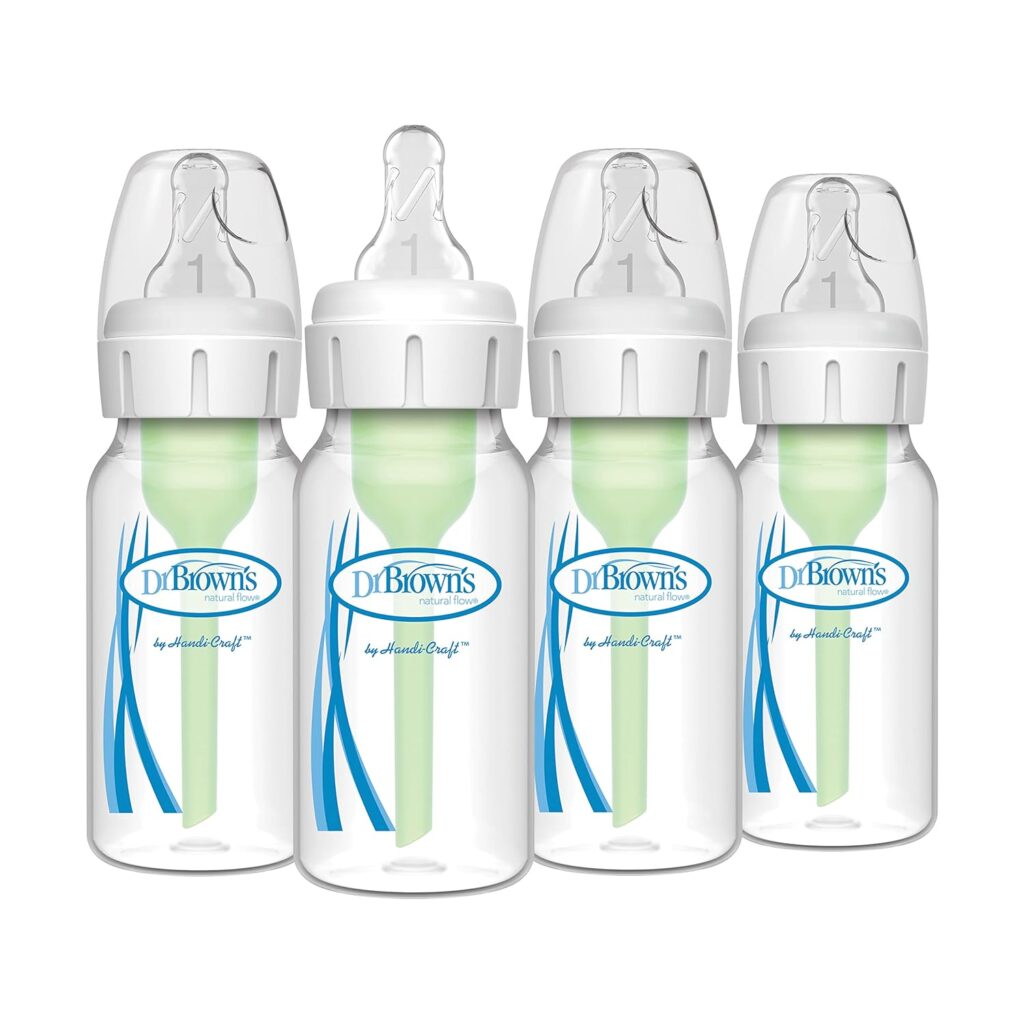
Portable Solutions For Feeding On-the-go
Feeding on-the-go needs to be fuss-free. Portable bottle warmers and travel-friendly sterilizers are game-changers. They ensure that your baby can enjoy the same comfort of warm, clean bottles anywhere.
- Car Bottle Warmers: Plug into your vehicle for warm milk during road trips.
- UV Sterilizers: Compact and battery-operated for clean bottles on demand.
- Insulated Bottle Carriers: Keep milk at the right temperature for hours.
Beyond The Bottle: Supporting Continued Breastfeeding
When introducing a baby bottle, the goal is a happy, healthy feeding experience while maintaining a strong breastfeeding relationship. Choosing the right bottle for breastfed babies is a pivotal step in ensuring a smooth transition between breast and bottle. It’s not just about the feeding tools; it’s also about tactics and resources to support ongoing breastfeeding.
Supplementing Without Impacting Breastfeeding
Finding the balance between bottle and breast can seem tricky. A few key strategies can make all the difference:
- Paced Bottle Feeding: Mimics breastfeeding, encouraging pauses and slower feeding.
- Nipple Selection: Opt for slow-flow nipples to reduce confusion.
- Bonding Time: Hold and cuddle your baby during bottle feeds to maintain the bond.
- Breastfeeding Routine: Continue regular breastfeeding sessions to keep supply up.
Staying Informed: Resources For Nursing Parents
Access to quality resources is essential for successful breastfeeding and bottle feeding. Here’s a list of trusted resources:
| Resource | Description | Website |
| La Leche League | Expert advice on breastfeeding | llli.org |
| KellyMom | Parenting and breastfeeding science | kellymom.com |
| World Health Organization | Infant feeding guidelines | who.int |
Additionally, explore local parenting groups, consult lactation experts, and always stay connected with your pediatrician.
Frequently Asked Questions On Baby Bottles For Breastfed Babies
What Makes A Bottle Suitable For Breastfed Babies?
Breastfed babies often prefer bottles that mimic the breast’s feel and flow, such as those with wide, soft nipples and slow flow rates for a more natural feeding experience.
How Often Should Breastfed Babies Use Bottles?
For breastfed babies, occasional bottle use is typically sufficient, allowing for flexibility without impacting the breastfeeding routine significantly.
Can Bottles Cause Nipple Confusion In Breastfed Babies?
There’s a possibility of nipple confusion when breastfed babies are introduced to bottles early on; choosing a breast-like nipple design can reduce this risk.
What Are The Best Materials For Baby Bottles?
The best baby bottles are usually made from safe, BPA-free materials such as glass, silicone, or high-quality, durable plastics.
How To Transition A Breastfed Baby To A Bottle?
Gradually introduce the bottle with expressed breast milk, ensuring the temperature and nipple style closely resemble the breastfeeding experience for smoother transitions.
Conclusion
Choosing the right baby bottle is crucial for breastfed infants. Remember, every child is unique, so what works for one may not suit another. Prioritize bottles designed to mimic breastfeeding to ease the transition. Don’t forget to consider your baby’s comfort and health with your selection.

